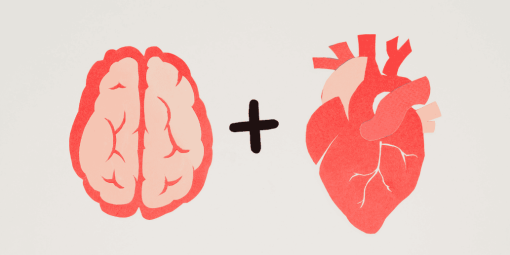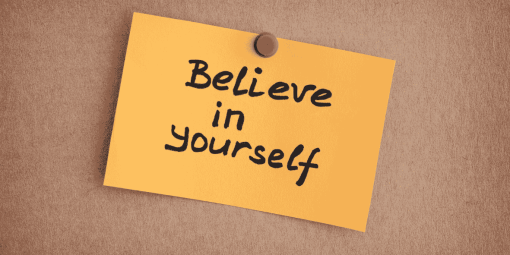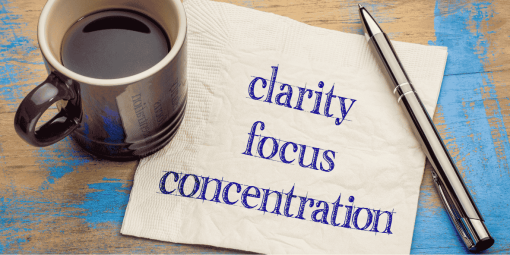When Trust Breaks: The Silent Shatter of Friendship
It usually doesn’t happen with a bang. The moment trust is broken in a friendship often arrives quietly—a missed call that never came, a secret shared with the wrong person, a lie that lingered too long. One day, the warmth shifts. The eye contact shortens. And suddenly, you’re standing across from someone you once called your closest friend, feeling like strangers.
Rebuilding trust in friendship is one of the most vulnerable and courageous things anyone can do. It requires more than an apology. It calls for reflection, accountability, emotional safety, and time—a quiet, consistent journey back toward something that once felt unbreakable.
What Happens When Trust Is Damaged in a Friendship?
When betrayal occurs, the emotional bond between friends weakens. Whether it’s a breach of confidence, an act of disloyalty, or consistent neglect, the safety that once allowed vulnerability becomes a threat. Trust issues in friendship don’t always appear as loud arguments—they often show up as hesitation in texts, second-guessing intentions, or emotionally withdrawing.
In these moments, both people face a decision: walk away, or attempt to heal. And healing after trust is broken isn’t simple. It’s layered. It’s messy. But with commitment, it’s possible.
Step One: Understanding What Broke the Bond
To rebuild trust after betrayal, both friends need to understand the exact moment things shifted. Was it a misunderstanding or a repeated behavior? Were expectations never communicated? Taking responsibility for one’s actions is crucial. Accountability and trust are deeply connected. When someone owns their mistake without deflecting blame, it creates the first small crack through which forgiveness might flow.
This is not about placing guilt—it’s about clarity. Without it, there can be no growth.
Step Two: Apologize and Mean It
There’s a difference between saying “I’m sorry” and truly making amends. To repair a broken friendship, the apology must be heartfelt, specific, and without conditions. It must acknowledge the pain caused—not just the act. A real apology says: “I see how this hurt you, and I am here to make it right.”
Sometimes, this includes asking, “What do you need from me to feel safe again?” That question alone begins the process of restoring emotional bonds.
Step Three: Make Space for Honest Conversations
To rebuild trust with a friend, you must be willing to talk about the uncomfortable. Open honest conversations are not easy, especially when the air is thick with pain. But transparency is a healing balm.
It’s okay to say, “I’m still hurt, but I want to understand.” Empathy and rebuilding bonds require vulnerability from both sides. Create space for your friend to express how they feel—without defensiveness. And if you’re the one who was hurt, allow your emotions to be seen without shame.
Step Four: Let Actions Speak Louder
Words can begin the journey, but it is consistent, reliable behavior that sustains it. Trust is not rebuilt in a day—it’s rebuilt in small positive interactions that signal safety. Showing up when you say you will. Keeping promises. Checking in not just when it’s convenient, but when it matters.
This consistency in relationships shows that the apology wasn’t just words—it was a vow. Every fulfilled commitment becomes a new brick in the wall that was once cracked.
Step Five: Set New Boundaries
Part of the friendship trust repair process involves creating a new framework. If something in the old friendship dynamic led to pain, it’s time to set new boundaries. What is okay now? What’s not? These guidelines aren’t about punishment—they’re about protecting the space where healing can grow.
Setting boundaries also invites mutual respect. It says, “I want this to work, and I want to feel safe while we try.”
Step Six: Be Patient with the Process
Restoring trust isn’t linear. Some days will feel like progress, others like setbacks. It takes patience while healing—not just with your friend, but with yourself. There may still be moments of doubt or emotional distance. That’s normal.
The goal isn’t to forget what happened. It’s to reach a place where what happened no longer defines the relationship.
Step Seven: Allow Time to Regain Trust
Time does not heal all wounds—but it gives space for consistent effort to do the healing. Rebuilding trust in friendship is a journey of showing up over and over again with integrity. Of proving through action, not urgency, that the relationship matters enough to mend.
If both people stay committed to that journey, the friendship can evolve into something even more grounded, more aware, and more resilient than before.
The Truth About Friendship Forgiveness Journeys
Forgiveness is not approval of the hurt—it’s a release of its power. Choosing to stay in a friendship after betrayal is a brave act, not a weak one. It says: I believe people can grow. I believe this bond is worth saving.
Relationship resilience is born from such choices. From two people looking at the cracks and deciding to rebuild—not to erase the past, but to rise above it together.
Final Reflection
Not every friendship survives betrayal. But for those that do, the beauty lies in the effort. In the courage to face pain, the maturity to take responsibility, and the love to try again.
If you’re standing at that fragile crossroad—take heart. Rebuilding trust is possible. And in that rebuild, you may discover a new kind of friendship: one that’s deeper, stronger, and made not from perfection, but from persistence.
see more Quotes About Friendship: Trust, Love and Deep Connection






